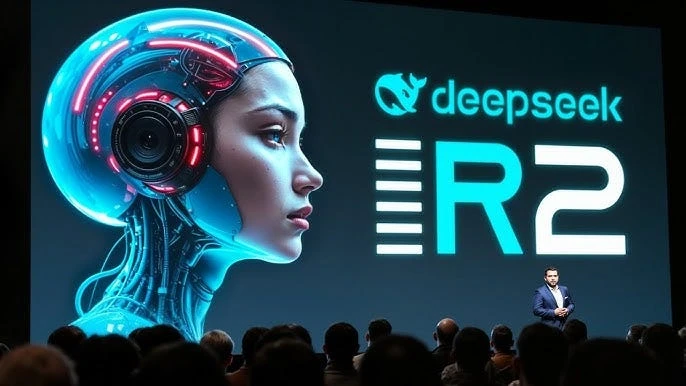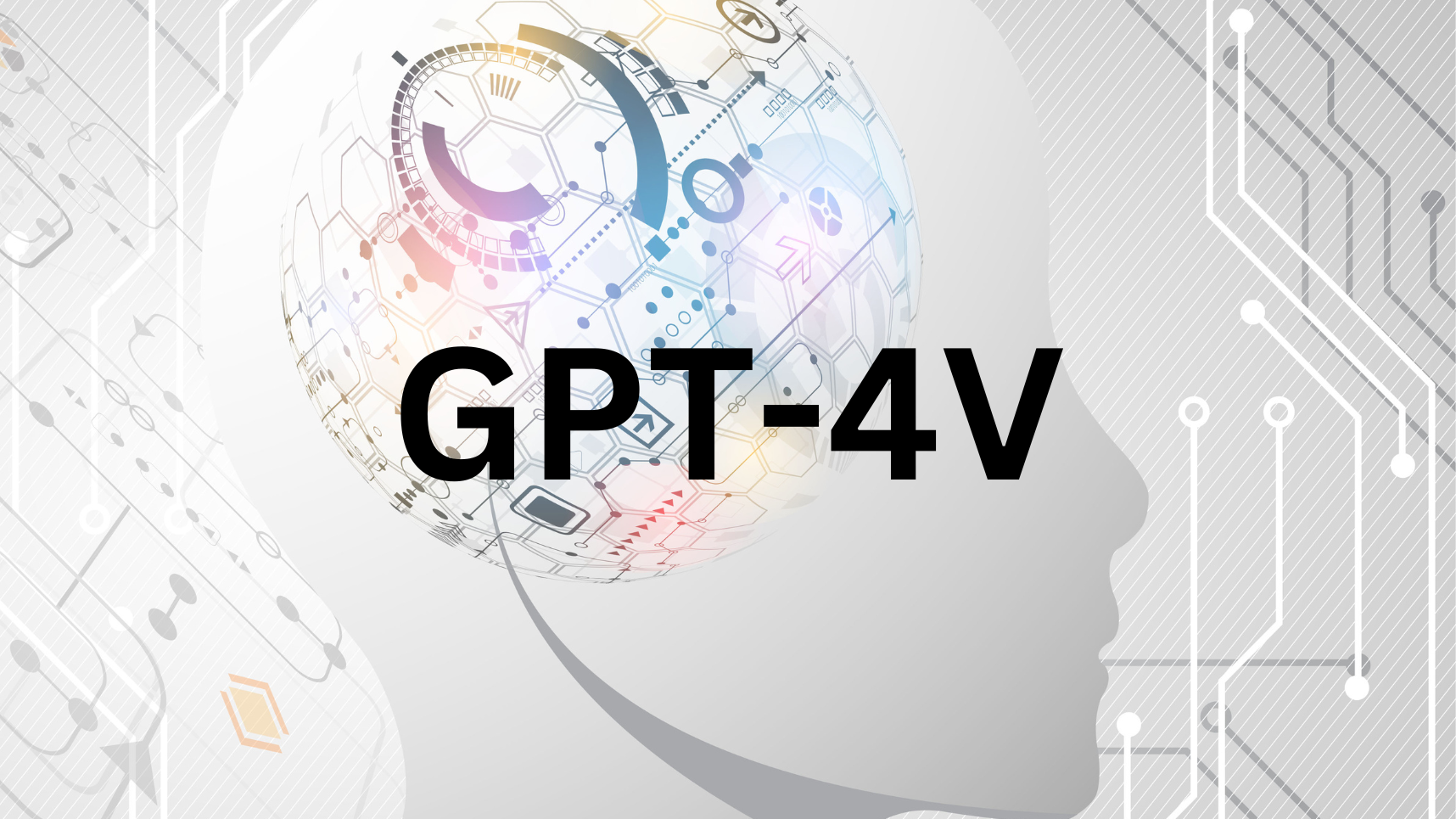Test AI on YOUR Website in 60 Seconds
See how our AI instantly analyzes your website and creates a personalized chatbot - without registration. Just enter your URL and watch it work!
The New Frontier of Human-Computer Interaction
This shift represents more than just technological advancement—it's creating an entirely new psychological dynamic. When we interact with conversational AI like ChatGPT, Claude, or Gemini, we engage different cognitive and emotional processes than when using traditional software. We form impressions, develop expectations, and experience social responses that more closely resemble human-human communication than human-computer interaction.
Understanding the psychology behind these exchanges isn't just academically interesting—it's practically valuable. Whether you're using AI for work, education, creative projects, or personal assistance, your ability to communicate effectively with these systems directly impacts the quality of results you receive. The most successful users aren't necessarily technical experts, but rather those who intuitively grasp the psychological principles that govern these unique conversations.
The Anthropomorphism Effect: Why We Personify AI
This isn't just naive projection. Research in human-computer interaction has consistently shown that people respond socially to computers that present even minimal human-like cues. We apply social norms, develop expectations about "personality," and sometimes even feel emotional responses like gratitude or frustration—all toward systems that have no actual emotions or consciousness.
Clifford Nass and his colleagues at Stanford demonstrated this "computers as social actors" paradigm decades ago, showing that people apply human social scripts even when intellectually aware they're interacting with machines. This effect is vastly amplified with modern AI systems specifically designed to mimic human conversational patterns.
This tendency creates both opportunities and challenges. On one hand, anthropomorphism can make interactions more intuitive and engaging. On the other, it can lead to unrealistic expectations about AI capabilities and understanding. The most effective communicators maintain what researchers call "calibrated trust"—leveraging the social interface while maintaining awareness of the system's fundamental nature and limitations.
Mental Models: How We Conceptualize AI Systems
Research shows that people typically fall into several categories when conceptualizing AI:
The "magical thinking" model views AI as an omniscient oracle with perfect knowledge and understanding. Users with this model often provide insufficient context and become frustrated when the AI fails to "just know" what they want.
The "stimulus-response" model sees AI as a simple input-output machine with no memory or learning capability. These users often repeat information unnecessarily or fail to build on previous exchanges.
The "human equivalent" model assumes AI processes information identically to humans, including having the same cultural references, intuitions, and implicit knowledge. This leads to confusion when AI misses seemingly obvious contextual cues.
The most effective users develop what we might call an "augmented tool" mental model—understanding AI as a sophisticated instrument with specific strengths and limitations, requiring skillful operation rather than perfect self-direction.
Interestingly, research from Microsoft and other organizations suggests that people with programming knowledge often communicate less effectively with AI than those from fields like education or psychology. Technical experts may focus too much on syntax and commands, while those accustomed to human communication better leverage the conversational interface.
Prompting Psychology: The Art of Clear Communication
Effective prompting draws on principles from cognitive psychology, particularly regarding how information is structured, contextualized, and qualified. Key psychological factors include:
Specificity and ambiguity tolerance: Humans are remarkably comfortable with ambiguity in communication. We intuitively fill gaps with contextual knowledge and shared assumptions. AI systems lack this capacity, requiring greater explicit detail. Users who recognize this difference provide clearer specifications about desired format, tone, length, and purpose.
Chunking and cognitive load: Our working memory handles information most effectively when organized into meaningful chunks. Breaking complex requests into manageable components reduces cognitive load for both human and AI, increasing success rates. Rather than requesting a complete business plan in one prompt, effective users might address the executive summary, market analysis, and financial projections as discrete tasks.
Schema activation: In cognitive psychology, schemas are organized patterns of thought that organize categories of information. By explicitly activating relevant schemas ("Approach this as a professional financial advisor would" or "Use the framework of classical narrative structure"), users help guide the AI's response pattern toward specific knowledge domains.
Iterative refinement: Perhaps counterintuitively, research shows that humans often communicate more effectively when viewing conversation as an iterative process rather than expecting perfect responses immediately. Those who gradually refine their requests based on initial responses typically achieve better outcomes than those who try to craft perfect prompts on the first attempt.
These principles explain why certain prompting approaches—like role assignment, format specification, and step-by-step instructions—consistently produce better results across different AI systems and use cases.
The Expectation Gap: Managing Perceptions and Reality
Several psychological factors contribute to this phenomenon:
Fluency bias: Because modern AI communicates with remarkable linguistic fluency, users often assume corresponding levels of comprehension, reasoning, and background knowledge. The sophisticated verbal output creates an impression of equally sophisticated input processing, which isn't always accurate.
Fundamental attribution error: When AI responses miss the mark, users typically attribute this to the system's capabilities ("the AI is bad at math") rather than considering whether their instructions might have been unclear or ambiguous. This mirrors how we often attribute others' behaviors to their character rather than situational factors.
Emotional contagion: The neutral or positive tone most AI systems maintain can create an impression that the system understands more than it does. When the AI responds confidently, users tend to perceive greater comprehension than when the system expresses uncertainty.
Research from Microsoft's Human-AI Interaction group suggests that explicitly addressing these gaps improves satisfaction and effectiveness. For example, AI systems that occasionally express uncertainty or ask clarifying questions tend to produce higher user satisfaction, even if they sometimes provide less definitive answers.
Test AI on YOUR Website in 60 Seconds
See how our AI instantly analyzes your website and creates a personalized chatbot - without registration. Just enter your URL and watch it work!
Trust Dynamics: Building Effective Collaboration
Competence trust: Belief in the system's ability to perform tasks effectively. This dimension fluctuates based on the AI's performance on specific tasks and is heavily influenced by early interactions.
Reliability trust: Expectation that the system will behave consistently over time. Users quickly become frustrated when AI capabilities seem to vary unpredictably between interactions.
Purpose alignment: Belief that the AI is designed to serve the user's goals rather than competing objectives. This dimension is increasingly important as users become more aware of potential conflicts between their interests and those of AI developers.
Studies show that trust develops differently with AI than with humans. While human trust typically builds gradually, AI trust often follows a "high-initial, rapid-adjustment" pattern. Users begin with high expectations, then quickly recalibrate based on performance. This makes early interactions disproportionately important in establishing effective working relationships.
Interestingly, perfect performance doesn't necessarily build optimal trust. Users who experience occasional, transparent AI mistakes often develop more appropriate trust levels than those who only see flawless performance, as they gain better understanding of system limitations.
Cognitive Styles: Different Approaches to AI Interaction
Explorers treat AI interactions as experiments, testing boundaries and capabilities through varied queries. They quickly discover creative applications but may waste time on unproductive pathways.
Structuralists prefer explicit frameworks and methodical approaches. They develop systematic prompting techniques and consistent workflows, achieving reliable results but potentially missing innovative applications.
Conversationalists treat AI systems as dialogue partners, using natural language and iterative exchanges. They often extract nuanced information but may struggle with technical precision.
Programmers approach AI as they would code, with formal syntax and explicit instructions. They achieve precise outputs for well-defined tasks but may over-complicate simpler requests.
No single style is universally superior—effectiveness depends on the specific task and context. The most versatile users can adapt their style to match current needs, shifting between exploration and structure, conversation and programming, depending on their objectives.
Cultural and Linguistic Factors in AI Communication
Research shows that AI systems generally perform better with standard American/British English and typical Western communication patterns. Users from different cultural backgrounds often need to adapt their natural communication styles when interacting with AI, creating additional cognitive load.
Specific cultural differences that affect AI interaction include:
High-context vs. low-context communication: In high-context cultures (like Japan or China), much meaning is implicit and derived from situational context. In low-context cultures (like the US or Germany), communication is more explicit. Current AI systems generally function better with low-context approaches where requirements are directly stated.
Directness norms: Cultures vary in how directly requests are made. Some cultures consider explicit requests impolite, preferring indirect phrasing that AI may misinterpret as uncertainty or ambiguity.
Metaphor and idiom usage: Figurative language varies dramatically across cultures. Non-native English speakers may use metaphors that make perfect sense in their native language but confuse AI trained primarily on English-language patterns.
Awareness of these factors helps users adjust their communication strategies appropriately. For those working across cultural contexts, explicitly specifying intended meanings and providing additional context can significantly improve results.
Beyond Text: Multimodal AI and Perceptual Psychology
Research in cognitive psychology shows that humans process multimodal information differently than single-channel input. Information presented across multiple modes is typically:
Better remembered
Processed more deeply
More effectively connected to existing knowledge
When working with multimodal AI, effective users leverage principles from perceptual psychology:
Congruence: Ensuring visual and textual elements reinforce rather than contradict each other. When describing an image to AI, explicitly connecting visual elements to your textual description improves comprehension.
Selective attention: Directing focus to specific aspects of visual information through clear references. Rather than asking about "the image," effective users specify "the chart in the upper right corner" or "the expression on the person's face."
Cross-modal facilitation: Using one modality to enhance understanding of another. For example, providing a sketch alongside a text description often produces better results than either approach alone.
As these systems continue advancing, understanding how our perceptual systems integrate information across modalities will become increasingly valuable for effective interaction.
The Future of Human-AI Psychology
Collaborative intelligence: Research is shifting from viewing AI as either a tool or a replacement toward models of complementary capabilities. Understanding how human and artificial intelligence can most effectively complement each other's strengths and weaknesses will become essential.
Emotional intelligence augmentation: While AI systems don't experience emotions, they can increasingly recognize and respond to human emotional states. Learning to effectively communicate emotional content and context will likely become an important skill.
Cognitive off-loading and integration: As we delegate more cognitive tasks to AI systems, understanding how this affects our own thinking processes becomes crucial. Research suggests both potential benefits (freeing mental resources for creative thinking) and risks (atrophy of delegated skills).
Trust calibration: Developing appropriate trust—neither over-relying on AI capabilities nor underutilizing beneficial functions—will become increasingly nuanced as systems handle more complex and consequential tasks.
The most successful individuals and organizations will be those who develop psychological literacy around these dimensions, treating effective AI interaction as a learned skill rather than an inherent ability.
Conclusion: Becoming Fluent in Human-AI Communication
The emerging field of human-AI interaction represents a fascinating intersection of psychology, linguistics, computer science, and design. As these systems become more integrated into our daily lives, the ability to communicate effectively with AI will increasingly resemble language fluency—a learned skill that opens new possibilities for those who master it.
The good news is that the core principles of effective interaction aren't highly technical. They draw on fundamental aspects of human psychology—clear communication, appropriate expectation setting, understanding of cognitive processes, and adaptation to feedback. These are skills most people can develop with intentional practice.
Just as we've learned to navigate the psychological dimensions of human-human communication—understanding different communication styles, adapting to cultural contexts, and building productive relationships—we can develop similar fluency with AI systems. The psychological principles that govern these interactions aren't entirely new; they're adaptations of human social intelligence to a novel context.
By approaching AI conversations with psychological awareness, we can move beyond viewing these systems as either magical oracles or mere calculators. Instead, we can develop nuanced, productive relationships that leverage both human and artificial capabilities, creating collaborative outcomes neither could achieve alone.
Understanding the psychology behind effective human-AI conversations isn't just about getting better results from these systems—it's about shaping a future where technology amplifies rather than replaces human capabilities.






